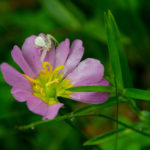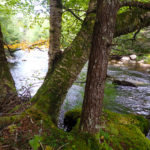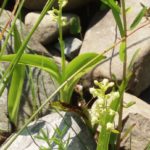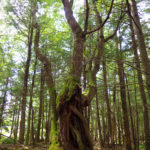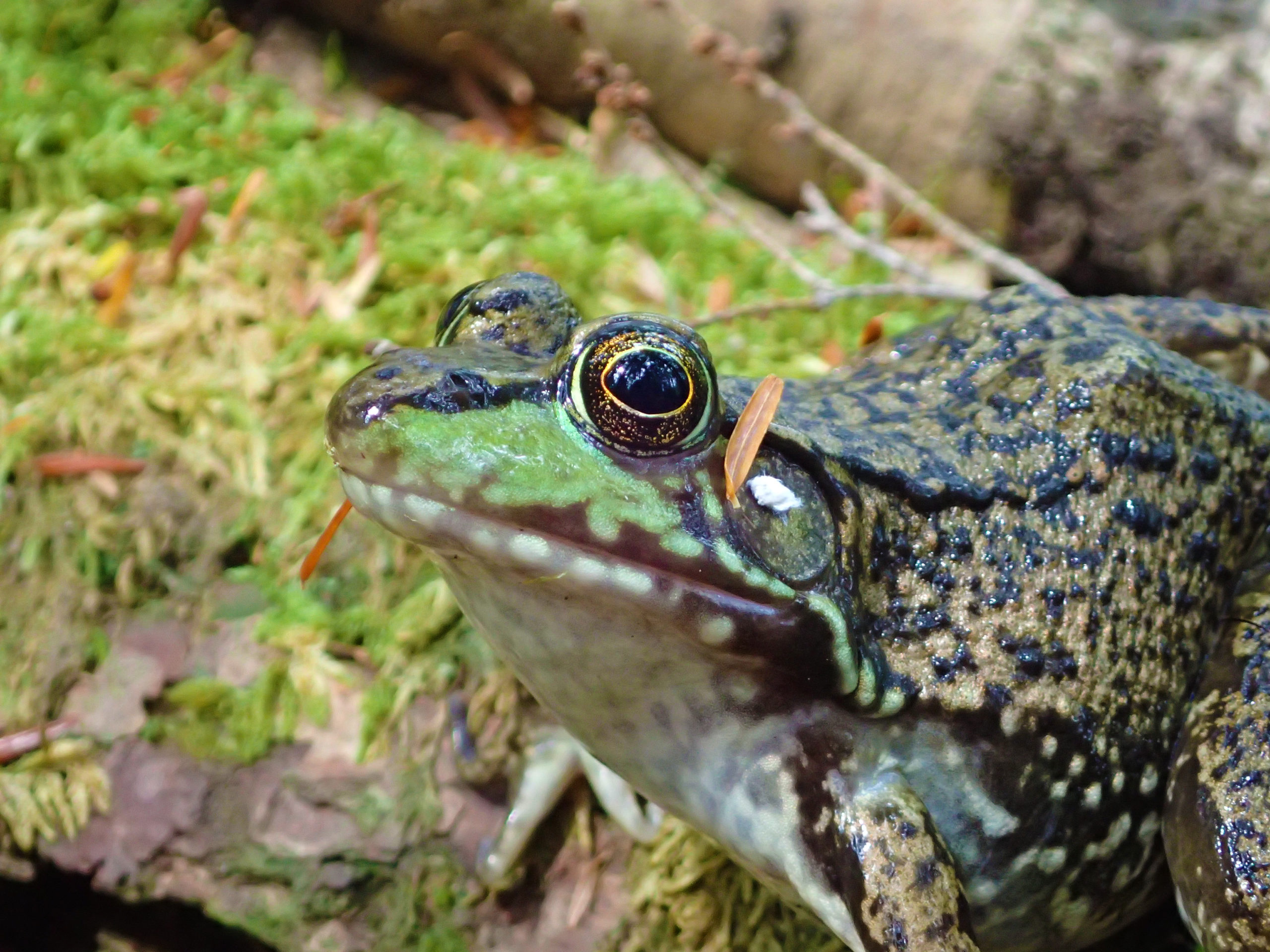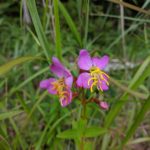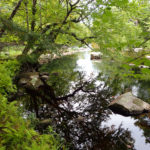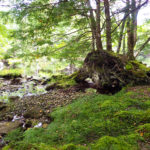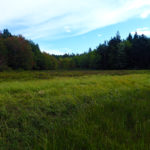Saving space for Canada’s rarest wildflowers
29 Jun 2020
At this time of year, wildflowers are flourishing, and we get to appreciate the sights and smells of Nova Scotia in full bloom. But not all our province’s wildflowers are common and abundant. There are some that, without conservation efforts, are at-risk of disappearing from our planet, forever. This includes Plymouth Gentian—one of Canada’s rarest and most endangered plants. Thankfully, we’ve recently protected an additional 17 acres of critical habitat for this rare and beautiful wildflower, so they can continue to blossom in the future.

The newly protected area is found on the northeastern shore of Gillfillan Lake in Yarmouth County, which is a nationally significant lake and has been identified as a high priority for conservation. It is one of only a handful of lakes in southwestern Nova Scotia where numerous at-risk plants can be found, including endangered Plymouth Gentian and Pink Coreopsis.
Plymouth Gentian and Pink Coreopsis are part of an entire grouping of plants called ‘Atlantic Coastal Plain Flora’ most of which exist only in Nova Scotia and nowhere else in Canada. Because these plants are not found anywhere else in the country, we have an extra special responsibility to ensure they are safeguarded for current and future generations.
The freshwater ecosystems along the shoreline of Gillfillan Lake and the riverbanks of its tributaries provide rich habitat for other biodiversity as well. While the newly protected property has records for only Plymouth Gentian, Pink Coreopsis can be found on adjacent conservation lands. There are many other rare Atlantic Coastal Plain Flora that thrive in the newly protected area, including Southern Rein Orchid (or Tubercled Orchid [Platanthera flava var. flava], Virginia Meadow Beauty, and Eastern Skunk Cabbage. It also features mature Eastern Hemlock-dominated floodplain forest, which is important for conservation because most of the province’s floodplain forests have been altered or destroyed and there are few left intact and undisturbed.
Residential/cottage developments and commercial activities continue to threaten Plymouth Gentian and other Atlantic Coastal Plain Flora species. The plants are sensitive to changes in water quality and habitat disruption caused by shoreline alterations like building docks, boat launches, and/or artificial beaches. Habitat conservation and stewardship key to the species’ survival. Landowners with lakeshore properties in southwestern Nova Scotia especially may want to learn about how to protect and steward their own lands to support rare plant diversity.
This recent conservation success adds to our long-standing efforts to save habitat for these and other rare plants in the province. We officially protected the very first site for Plymouth Gentian and Pink Coreopsis on Gillfillan Lake back in 2004 when we made headlines by working with conservation-minded landowners and New York-based actors Jeanne Lange and David Haskell.
It contributes to a larger network of over 2,500 acres of conservation lands on the lake and efforts by other conservation partners like the Government of Nova Scotia, the Tusket River Environmental Protection Association (TREPA), and the Nature Conservancy of Canada (NCC). Together, these lands provide some of the best remaining habitat for the species in the world.
It also advances exciting multi-partner conservation efforts in this area. We are part of an innovative conservation collaborative working together to advance biodiversity conservation in Southwest Nova Scotia (Kespukwitk)—a region identified as a Priority Place for conservation.
The purchase of this significant win for rare flora and freshwater biodiversity was made possible by funding by the Government of Canada through the Canada Nature Fund, the Nova Scotia Crown Share Land Legacy Trust, and donations from many passionate individuals, families and businesses who graciously support our conservation efforts, helping our country’s rarest plants continue to bloom for now, and forever.





